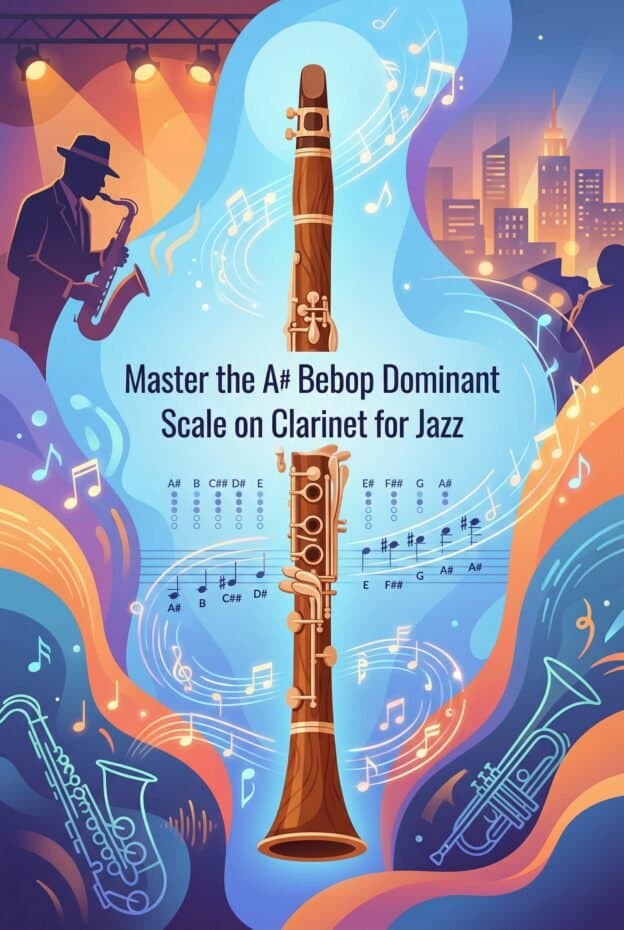/* Martin Freres Content Styles */
.mf-answer-target {
background: linear-gradient(135deg, #f8f9fa 0%, #e9ecef 100%);
border-left: 4px solid #2c5282;
padding: 1.5rem;
margin: 1.5rem 0 2rem 0;
border-radius: 0 8px 8px 0;
font-size: 1.1rem;
line-height: 1.7;
}
.mf-answer-target strong:first-child {
color: #2c5282;
display: block;
margin-bottom: 0.5rem;
}
.mf-stat-box {
background: #fffbeb;
border: 1px solid #f59e0b;
border-radius: 8px;
padding: 1.25rem;
margin: 1.5rem 0;
font-size: 0.95rem;
}
.mf-stat-box sup {
color: #6b7280;
font-size: 0.75rem;
}
.mf-field-note {
background: #f0fdf4;
border-left: 4px solid #16a34a;
padding: 1.25rem;
margin: 1.5rem 0;
border-radius: 0 8px 8px 0;
font-style: italic;
}
.mf-field-note strong {
color: #16a34a;
font-style: normal;
}
.mf-toc {
background: #f8fafc;
border: 1px solid #e2e8f0;
border-radius: 8px;
padding: 1.5rem;
margin: 1.5rem 0 2rem 0;
}
.mf-toc h4 {
margin: 0 0 1rem 0;
color: #334155;
font-size: 1rem;
}
.mf-toc ul {
list-style: none;
padding: 0;
margin: 0;
}
.mf-toc li {
padding: 0.35rem 0;
border-bottom: 1px solid #e2e8f0;
}
.mf-toc li:last-child {
border-bottom: none;
}
.mf-toc a {
color: #2563eb;
text-decoration: none;
}
.mf-toc a:hover {
text-decoration: underline;
}
/* Spacing between sections */
article h2, .entry-content h2, .post-content h2 {
margin-top: 3rem;
margin-bottom: 1.25rem;
padding-top: 1rem;
}
article p, .entry-content p, .post-content p {
margin-bottom: 1.25rem;
line-height: 1.8;
}
article h3, .entry-content h3, .post-content h3 {
margin-top: 2rem;
margin-bottom: 1rem;
}
article ul, .entry-content ul, .post-content ul {
margin-bottom: 1.5rem;
}
article li, .entry-content li, .post-content li {
margin-bottom: 0.5rem;
line-height: 1.7;
}
.mf-answer-target + nav.mf-toc {
margin-top: 2rem;
}
nav.mf-toc + h2 {
margin-top: 2.5rem;
}
.mf-stat-box, .mf-field-note {
margin: 2rem 0;
}
The A Bebop Major Scale is an eight-note major scale with an added chromatic passing tone: A, B, C#, D, E, F#, G#, G, A. For clarinetists, a free printable fingering chart (written for common Bb clarinet) shows standard and alternate fingerings for the G natural that make bebop lines smoother. ... read more










